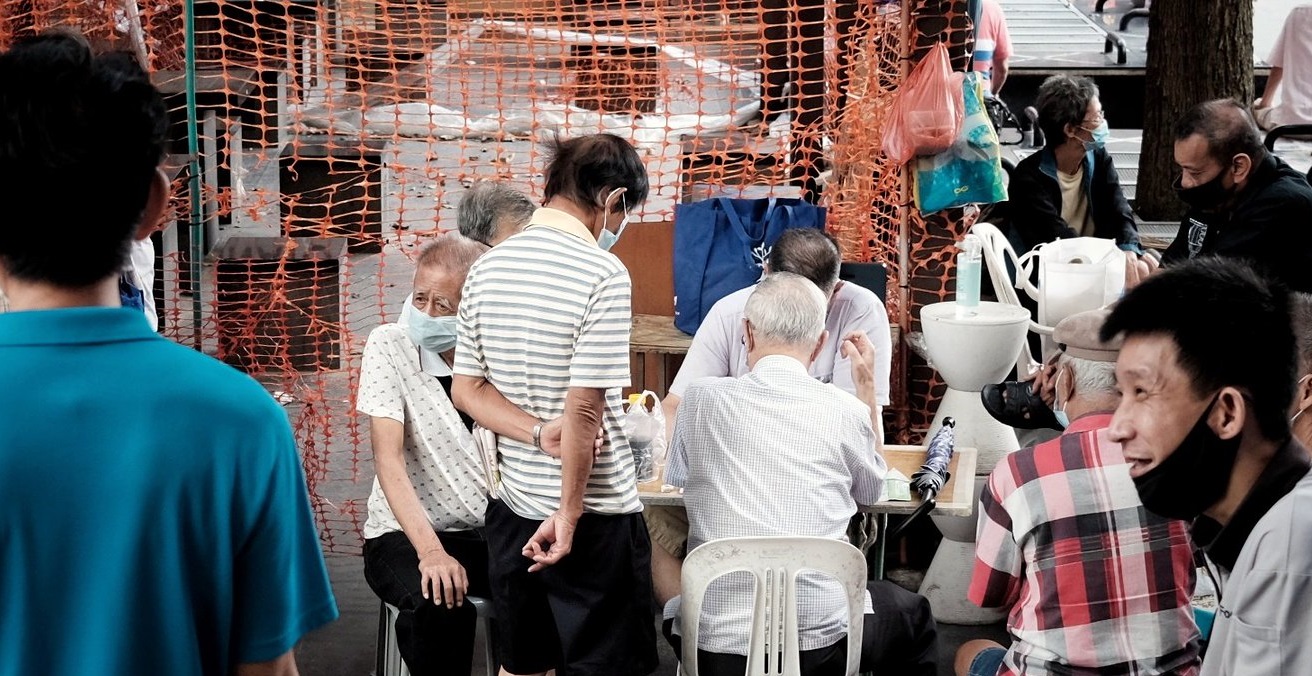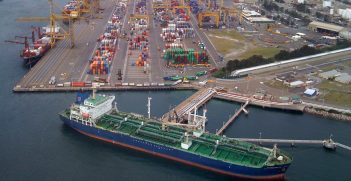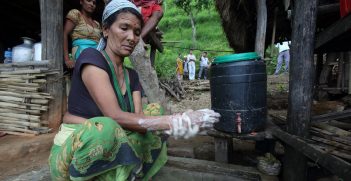An Opportunity for Multilaterals to Broker Further Collaboration for Inclusive Recovery in South Asia

South Asian countries have realised that cross-border problems must be addressed at the regional level. In this context, multilateral donors need to view the pandemic as an opportunity for regional integration to promote inclusive and resilient South Asian recovery.
South Asian lower and lower-middle income countries are disproportionately impacted by COVID-19 due to their increased global share of poverty and greater inequality, higher dependency on informal sectors, and lower levels of disaster preparedness. In this context, bilateral donors, with their inward-looking policies, have shown little interest in addressing the underlying financial resource gap between developing and developed economies, which seems to hinder poorer economies’ ability to tackle the newly emerged socio-economic challenges. Since South Asia is recognised as the most disintegrated region, this pandemic could be the most appropriate opportunity for multilateral donors to revitalise regional and sub-regional integration. This assistance could create strengthened, more dynamic economic relations and engineer solidarity, which is much needed for the region’s inclusive recovery. For example, establishment of the SAARC COVID-19 Emergency Fund by South Asian countries could be the icebreaker for further regional collaboration.
South Asian countries lack the minimum levels of trust and political will in their national and international engagements, which is one of the main reasons behind the very limited success of existing regional organisations. In response, India, which has the largest economy in the region, has created initiatives for regional collaboration, acknowledging the fact that COVID-19 could be better tackled through a regional approach. In addition, India has been very proactive in providing essential medical supplies, including vaccines, to its neighbours.
Viewed through this light, multilateral donations appear as attractive instruments of diplomacy, and donors should take opportunities during the pandemic to build the confidence among nations and build foundations for further regional collaboration. Moreover, donors should capitalise on this positive environment and focus on cross-border development programming that supports regional infrastructure, trade exploration, and integrated regional value-creation activities. This will significantly help small economies to participate in global production networks, attaining economic growth by reducing aggravated inequalities and creating win-win situations for all populations in the region.
Similarly, COVID-19 has allowed South Asian countries to realise the importance of strengthening cooperation with international organisations, including the World Bank, the World Health Organization, and the United Nations, to tackle cross-border problems. The crisis has shown that international cooperation is increasingly important in a region which shares great mountain ranges, seas, and rivers, and thus is highly vulnerable to the impacts of climate change and natural disasters. This has been made especially clear when considering their regional initiatives have not been effective to combat said impacts.
In this context, the presence of multilateral donors is crucial in leading crisis management activities, such as the sharing of real-time information and global experiences, disease surveillance, coordinated research efforts, and policy responses, sharing best practices for better disaster preparedness, and disaster risk reduction at the regional level. Donors’ regional integration strategies not only value complementarity and solidarity to build economically and socially equitable societies, but also equally contribute to ensure the green recovery from COVID-19.
Since UNESCO has approved the COVID-19 vaccine as a global public good, multilateral donors can unite regional countries for vaccine administration and supply chain management, ensuring equitable and fair distribution that protects the most vulnerable in South Asia. Similarly, they can play an important role in connecting regional technical experts with global experts to enhance the regional capacity for vaccine planning and deployment strategies. Monitoring from such multilateral organisations to insure low- and middle-income countries of South Asia are not left behind in global immunisation campaigns also enhances their credibility for future regional collaboration.
Multilateral donors have already been working as committed partners to support regional cooperation, such as with the World Bank’s One South Asia policy. It is institutions such as this which should take a leading role to build the minimum level of trust and confidence that is inherently lacking at present. For example, donors can use their resources to involve multiple governments in the design and monitoring of cross-border development programs and regional initiatives for crisis management. Donors such as the World Bank can also take a leading role in pooling the support of other multilateral donors in those areas, particularly in establishing an effective vaccine distribution mechanism which will significantly contribute to the sustainable regional economic recovery.
The International Monetary Fund (IMF) and United Nations Development Programme (UNDP) currently do not have a specialised regional treatment framework for these South Asian countries. For example, the IMF has not tailored its support to low-income countries according to the pandemic’s impact on countries’ sources of revenues. Their policy of treating South Asian countries the same as other countries in the Asia-Pacific cannot do justice to these vulnerable communities in need of specific regional targeted programs.
Since the existence of the Asian Infrastructure Investment Bank (AIIB) and its risky $10 billion Crisis Recovery Facility has been heavily questioned, the COVID-19 pandemic response could offer an opportunity for the institution to emerge as successful. This could be a promising avenue for the AIIB to work together with other such institutions to gear up South Asia’s inclusive economic recovery.
Thus, COVID-19 has created opportunities for multilaterals to bring South Asian nations together not only for containing the spread of the virus but also to accelerate recovery. If multilateral donors scale up their regional integration approach post-COVID-19, it could be a mantra to drive inclusive and resilient recovery by eradicating their existing poverty and inequalities.
Prakash Paudel is a PhD candidate at Institute for Sustainable Futures (ISF), University of Technology Sydney (UTS), Australia, and a researcher at DEEPNETWORK. His research interests are Peace and Conflict Studies, Political Economy, Climate Security, International Relations and Development Aid.
This article is published under a Creative Commons License and may be republished with attribution.





